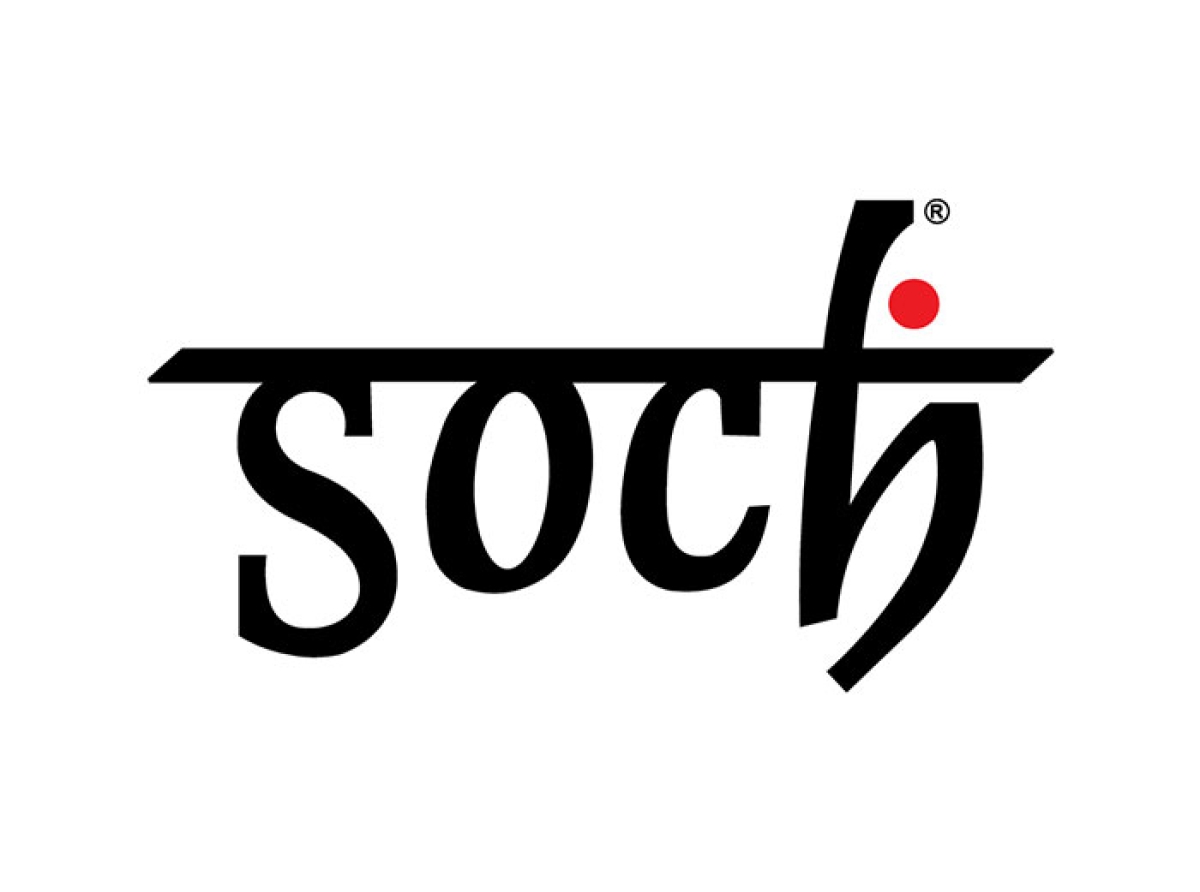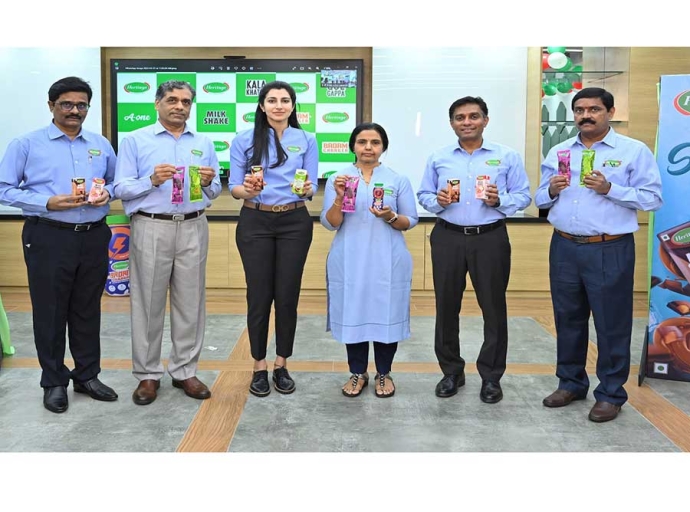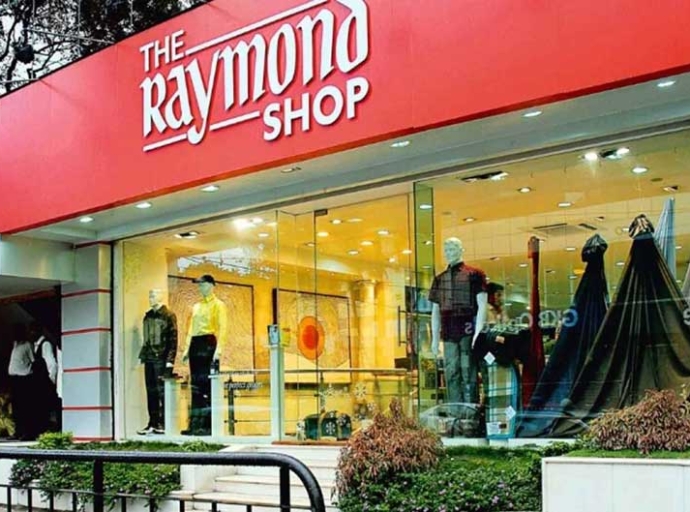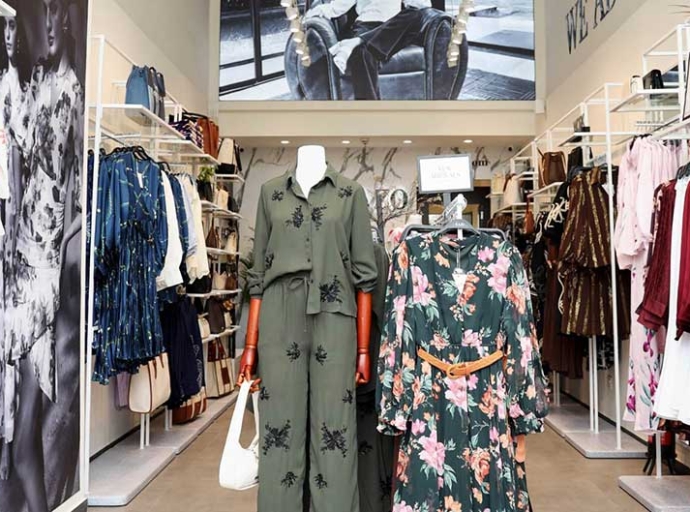Soch Apparels: Eyes at Strong Physical Presence, 2022

28 December 2021, Mumbai:
For fashion retailers, the last two years have been pretty challenging. Brands have adopted different strategies like strong e-commerce adoption to thrive during the period.
A well-known apparel brand in the retail industry, Soch Apparels besides working on e-commerce strategy has revamped its product, improved brand strategy, all the while expanding aggressively in the offline market.
“Post the second lockdown, things opened up much quicker than the first lockdown, which was a pleasant surprise to the retail industry. However, traction really picked up in August, and we saw an extremely strong festive season soon after," says Vinay Chatlani, Co-founder and CEO, Soch Apparels
The brand in fact has crossed 93 percent of pre-Covid numbers for the months of October and November and is expecting the same or higher for the rest of the financial year.
The improved numbers are likely as consumers have started celebrating various occasions, so the season went well for most retailers.
Specifically, the Bangalore-based brand's strategy has been moving away from entry price points. “As a result, the average selling prices have significantly increased. The product range has also been revamped to attract the millennials,” Chatlani asserts.
Reportedly, Soch’s online business grew 3X-4X right after the first wave of Covid-19.
Founded in 2005, the brand offers kurtas and kurtis, suit sets, sarees, bottoms and dupattas, blouses, dress materials, and tunics.
In fact, from 2010 to 2021, Soch expanded from 5 to 138 retail stores across 54 cities across the country. While it still holds dominance in the South, they are now a Pan-India brand with significant offline expansion plans to go with the next few years.
The brand has changed its positioning over the last few years to align itself to it’s change in product, which is more elevated and aspirational.
Working on Omnichannel Strategy
The brand has introduced an inter-store Omnichannel solution for over four years now. The brand now understands there are two aspects to any Omnichannel integration: one is obvious the technology integration, and the other one is the change you need to imbibe in the store staff.
Chatlani states, “In terms of omnifying the stores, right now we have done so with Amazon, Flipkart and Myntra – so we have connected about 80 stores, we have another 20 odd stores left. We are hoping that the brand will soon be available on Ajio along with marketplaces.”
The brand will be launching its revamped website next month. “The existing platform lacks features and functionalities that are actually holding us back from hitting our potential numbers,” Chatlani says.
As a brand that keeps differentiated styles across stores, there is a huge scope to capitalize on endless-aisle sales. The new site will also be connected to all company-owned stores. “This is especially useful for product discovery at stores as most stores house different styles or even concepts.” Chatlani further adds.
Soch will also be launching a consumer app – where a lot more personalization can be done.
Future Plans
However, given the brand is a new entrant in the e-commerce market, which understandably can take time to build, it is quickly focusing on its digital sales channels. Soch is definitely looking to build out it’s “true Omnichannel” functionality, which includes a large tech roadmap role out.
When it comes to offline expansion, Chatlani states, “We have already opened 18 stores this Financial Year and are looking at an additional 12 – 15 stores which would have us closing the year at over 150 stores.
Next year we plan offline expansion to take us past 200 stores.”
The company also shared that because of significant growth in the offline channels, the actual growth of online sales as a contribution to the overall percentage does not look high, while it is doing extremely well on absolute values.
The brand is planning to open stores in international markets such as Dubai, America, Canada and also the Asian market with Malaysia, Indonesia, Singapore & Sri Lanka being some of the places of interest.
They are also exploring to enter international markets through multi-brand formats.
Inspired by its iconic Toupie handbag, Louis Vuitton’s new Horizon Light Up Speaker changes colors when you’re using it. Photo: Courtesy of Louis Vuitton
Adaptability will be critical to winning the hearts of Gen Z. It is the most influential generation for luxury brands right now, and every brand that under indexes with them is putting itself in a vulnerable position. By 2030, Gen Z will be the largest customer group in luxury, and they expect brands to offer different, more customer-centric experiences.
In this context, winning in the luxury metaverse will be of the utmost importance. The key takeaway for luxury brands in the metaverse is: Consumers will increasingly expect all interactions with a brand to be consistent in delivering a branded, immersive luxury experience, independent of how consumers interact with the brand. The digital is as important as the physical. But today, most brands are far from where they need to be in this fluid reality.
I love change and disruption. It allows agile brands to disrupt, innovate, inspire, and create extreme value. But brands also need a specific mindset, one focused on playing to win and leading the field. It will become the most critical success factor as we enter 2022. Happy holidays!
INDIAN RETAILER (The news article has not been edited by DFU Publications staff)
Dear Reader, we at DFU Publications are committed to providing the latest news updates on trade development and insights, to keep our readers informed. Stay tuned. Subscribe to our newsletter.
DAILY NEWS:
Latest Publications


































